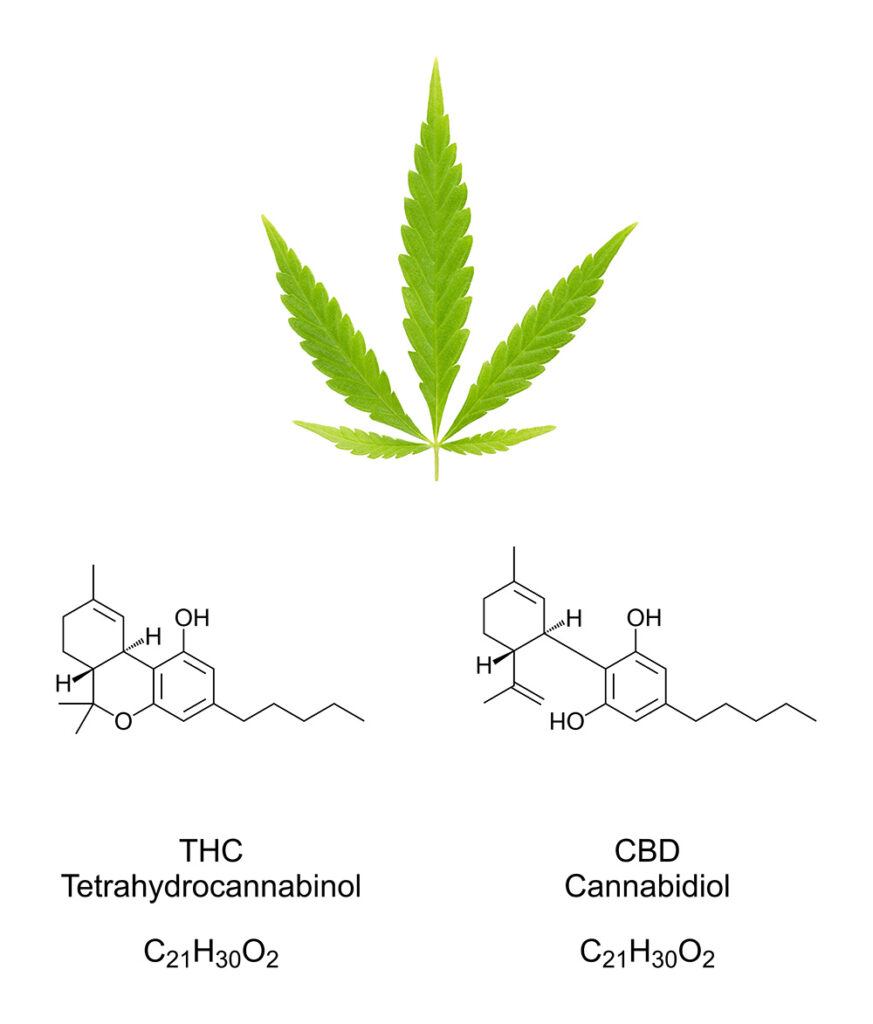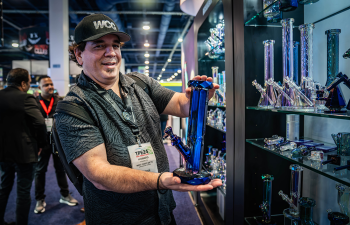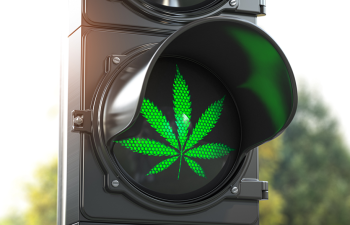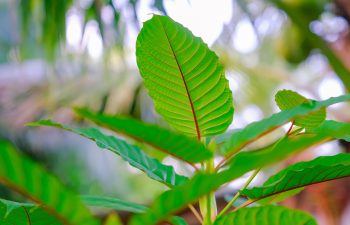Decoding THC: Beyond Potency to the True Essence of the Cannabis Experience
By Dario Sabaghi
If it weren’t for THC, the main active compound of marijuana, this plant probably wouldn’t have the popularity it enjoys today.
Although it is one of the hundreds of cannabinoids found in marijuana, THC is undoubtedly the factor that triggers the major attraction to the plant.
Due to its psychoactive effects, THC potency has become one of the factors of choice when consuming marijuana, as it provides the typical high desired by its users.
But as research on marijuana is rapidly advancing, scientists have understood that THC isn’t the only factor contributing to getting you “high.”
There are several factors to take into consideration when consuming marijuana; minor cannabinoids ratios, terpenes, flavonoids, indoor versus outdoor, et al.
So then, why all the hype over one compound? Is THC overrated?
Unlocking the answer requires delving into the roots and grasping the true nature of THC.
THC is the short name for tetrahydrocannabinol, the main psychoactive compound found in the cannabis plant. It was first discovered and isolated by Israeli chemist Raphael Mechoulam in 1964, earning him the title ‘father of cannabis research.’
In order to understand why THC gets us ‘high,’ we must unravel its secrets and see how it tickles our body.
Marijuana interacts with specific receptors in the brain designed to respond to natural chemicals similar to THC, forming part of the endocannabinoid system crucial to normal brain function.
When consumed, marijuana overstimulates these receptors in specific brain areas, resulting in the sought-after “high” feeling.
This generally gives us a sense of euphoria, relaxation, altered perceptions, increased appetite, heightened creativity, and sociability. However, these effects may vary depending on several factors, such as strains, consumption methods, and individual differences.
Yet, it can also lead to adverse reactions like anxiety, paranoia, and impaired coordination, depending on THC’s potency and the user’s tolerance.

Obviously, the euphoria is why marijuana’s THC receives the most attention. The majority of cannabis users actively seek high-THC potency, assuming that high THC means getting higher. But is this true?
The obsession with high THC potency has driven cultivators and breeders to grow more potent strains. But at the same time, marijuana consumers have incorrectly associated high-THC flowers with high quality.
A study published in 2020 found that marijuana products, despite their higher THC exposure, didn’t show a direct correlation between the strength of the cannabis consumed and short-term subjective and neurobehavioral impairments; in simpler terms, a higher THC level does not necessarily result in a stronger high.
Instead of focusing on the percentage of THC that causes a stronger high, it’s more beneficial to consider the overall effects of a strain.
Marijuana is made of various cannabinoids, and THC is not the sole factor influencing the consumer’s experience.
For instance, cannabidiol (CBD), a non-intoxicating compound from the marijuana plant which has gained popularity in recent years due to its potential benefits supported by scientific studies, acts as an antagonist to THC, mitigating its psychoactive effects. Legal marijuana products are often labeled with the CBD:THC ratio, helping consumers gauge potential effects.
But it doesn’t end here. Terpenes are natural chemical compounds found in plants (and some animals), including marijuana. They are responsible for the distinctive aromas, flavors, and colors of different strains.
Apart from terpenes, other compounds like cannabinoid profiles and flavonoids also influence the marijuana consumption experience. These components interact synergistically in what is known as the “entourage effect.”
The entourage effect is a theory that suggests that the full spectrum of marijuana, including all its compounds, like phytocannabinoids and terpenes, interact together to enhance their effects.
For instance, consider a strain with a CBD:THC ratio of 2:1, which means it has higher CBD and moderate THC levels. This ratio is usually suitable for those seeking relaxation and pain relief without anxiety or paranoia often associated with THC use. If the strain also contains Myrcene, a terpene known for its calming effects, it may further enhance the relaxing and soothing effects of CBD. Furthermore, CBD could help mitigate some of the adverse side effects of THC, like anxiety and paranoia.
We have to call the entourage effect a ‘theory’ because there aren’t enough studies that confirm this effect, and some of them criticize such a theory as they didn’t find such interactions in marijuana. Nevertheless, taking into consideration other cannabinoids, terpenes, as well as THC is what marijuana connoisseurs have been advocating for years, although this is a concept that still needs to gain popularity among casual consumers.
Furthermore, some studies suggest that modern marijuana’s THC content is significantly higher than in the past, possibly due to advancements in cultivation techniques. However, past research relied on marijuana that might have been contaminated and lost potency. These studies analyzed marijuana seized by law enforcement, which could have been stored improperly or in bad conditions. As a result, we can’t definitively assess whether today’s marijuana is more potent than before.
The pursuit of high THC percentages in marijuana strains is also linked to two other main factors: marketing and legalization.
These two aspects are inherently interconnected because the legalization of marijuana sales has allowed the advertising of marijuana products to emphasize THC potency, which is the most sought-after information for consumers when making a product choice. Consequently, brands often promote products with high THC potency without considering other cannabinoids, terpenes, and the customers’ desired effects.
As we have seen, finding the “ideal” choice isn’t an easy journey. It involves considering both objective and subjective factors.
For experiencing euphoria, THC-dominant products with a terpene profile, such as Limonene, may be helpful. On the other hand, if relaxation is the goal, a balanced CBD:THC ratio or CBD-dominant products can be more suitable, complemented by a terpene profile like Myrcene.
However, the effects of marijuana go beyond just the CBD:THC ratio or terpene profile. Factors like dosage, consumption method, individual physiology, genetics, tolerance, and expectations also play a significant role.
Whatever your particular need, there’s likely a strain for you. The market is saturated with a multitude of marijuana strains, each with unique terpene profiles and CBD:THC ratios, offering consumers an extensive variety from which to select.












